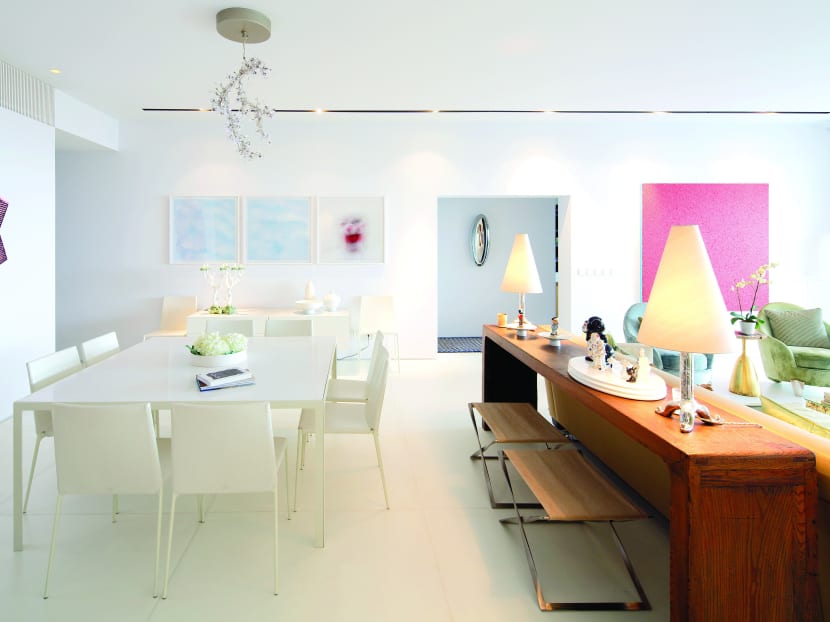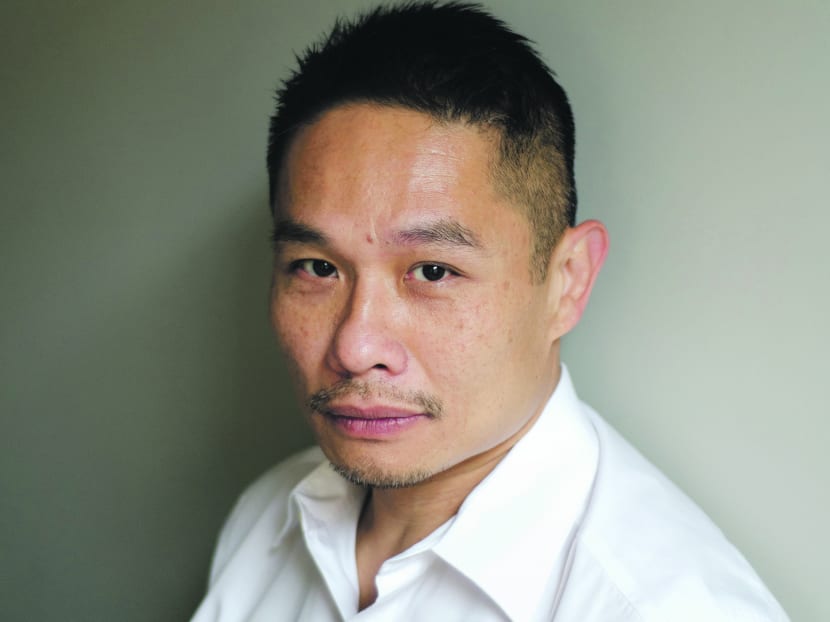Singaporeans love their design
SINGAPORE — According to a recent survey by 100% Design Singapore, a contemporary design-led interiors exhibition in South-east Asia (now in its second year), 48 per cent of Singaporeans consider design to be an important part of their national cultural identity. The survey was undertaken to understand the role that design plays in the average Singaporean’s daily life.


SINGAPORE — According to a recent survey by 100% Design Singapore, a contemporary design-led interiors exhibition in South-east Asia (now in its second year), 48 per cent of Singaporeans consider design to be an important part of their national cultural identity. The survey was undertaken to understand the role that design plays in the average Singaporean’s daily life.
While it may surprise some, Voon Wong, a London-based Singaporean architect and designer, said the results weren’t unexpected. “Design and creativity have certainly become much more of a focus in the growth of Singapore as a nation,” he said.
He ought to know. The co-founder of VW+BS, a multi-disciplinary practice offering architecture, interior, product and lighting design was awarded the President’s Design Award for Designer of the Year in 2012. This year, he is the curator of 100% Design Singapore 2013,
Wong, who previously worked with esteemed international architects such as Zaha Hadid and Rick Mather, concluded that the survey findings strongly support the Singapore government’s efforts to promote a vibrant design and arts scene in Singapore. “Significantly, 54 per cent of those surveyed said that design plays a major role in influencing their decision when purchasing items such as home wares and furniture, further demonstrating that Singaporeans are becoming more discerning when it comes to everyday design and the arts,” he added.
In fact, Wong believes that Singapore’s designers have what it takes to be players on the international market. “The effects of globalisation means Singaporean graduates can apprentice anywhere around the world and experience new ways of thinking. What we have is potentially a generation of Singaporean designers set to make their mark on the world,” he said. Jeremy Gopalan
Q: Have you always been a creative person since you were young?
A: Like most children I loved to draw. This remained a strong mode of expression for me. I drew what I observed around me – trees, houses and people.
Q: When did you first discover your interest in design?
A: I thought I would become an artist until I was about to enter university. Being a good Chinese boy I opted for a “respectable” profession and enrolled in architecture school as it was a combination of art and science. I soon fell in love with architecture and the wide range of areas it touched upon: aesthetics, technology, philosophy and history.
Q: What is it about design that intrigues you?
A: I like the fact that design is about problem solving – in both macro as well as micro senses. The problem doesn’t have to be the immediate problem at hand but can involve wider issues, for example, sustainability. I like the fact that is involves not just one discipline but several at the same time. It certainly keeps the grey cells active!
Q: Who were some designers who inspired you or whom you looked up to?
A: Designers Gio Ponti and Bruno Munari for their multi-disciplinary careers. The Bouroullec brothers and Jasper Morrison for having very distinctive voices despite working on a wide range of projects. And architects Luis Barragan for his gorgeous houses and ‘emotional architecture’ and Studio Mumbai for their return to the architect/master builder role with beautiful results.
Q: Did you face any challenges in wanting to pursue a career in design?
A: I didn’t face any challenges – my family is extremely supportive in my every endeavour. My path to design is a slightly circuitous one – I trained and still work as an architect. Halfway through my career, I branched out into product design and now work in both disciplines.
Q: What are a few of your proudest achievements?
A: Receiving the President’s Design Award last year meant a lot to me. It spoke not just of recognition but also acceptance in spite of my long time away from home.
Q: How did you get roped in to curate 100% Design Singapore 2013? How has the experience been?
A: I understand we were on a shortlist of a few names for the job. The organisers wanted a designer with international experience and knowledge of the Singaporean design scene. As we work in both London and Singapore, I guess we ticked those boxes. The experience has been very positive. We were very excited to be part of a team to set some short and medium term goals for the show. Beyond the fact that it is a commercial show, 100% Design has another agenda – the aim of bringing to the fore discussions about design to the wider public.
Q: Were you surprised by of the results of the survey done by 100% Design Singapore?
A: Not really – we always knew there is a growing appreciation for all things design in Singapore. The organisers timed the launch of the show to ride the crest of this wave of interest.
Q: Why do you think design and creativity have become more of a focus in the growth of Singapore as a nation?
A: There is growing interest because of growing affluence. Travel and knowledge are results of that. The Internet certainly plays a huge part in making the world that much smaller and more connected. I hope Singaporeans will grow to view design not just as a luxury but something that adds value to many aspects of life.
Q: How can modern design be integrated or co-exist with the old?
A: They can certainly coexist. For instance, old buildings should be evolving with new uses within them. So many answers can be found in investigating the history of the old building and finding out the reasons why it was built in a particular way. Once that has been established, the modern interventions and additions can be designed with these cues in mind.
Q: What is the biggest misconception that people have about what you do?
A: That design is only for the rich and that I am therefore unaffordable! The philosophical basis of design in the modern age is to make well-thought out and affordable items and spaces for everyone. Luxury does not always equate to design. These two areas sometimes intersect but quite often they don’t.
Q: Do you think there will be any new trends in design that will define this or era?
A: We are entering a new industrial revolution. New processes like 3D printing will have an impact on how the whole eco-system of design exists. The roles of the consumer, designer and producer will become blurred in the future. If the consumer can download a design from the Internet and have it printed in his home 3D printer, it changes the way design is procured. In turn, the nature of design will change.
Q: What advice would you give to aspiring designers?
A: Constantly question – not just your own design output but the brief as well.
Find yourself – don’t be overly influenced by what other people are doing but find your own voice. I think the biggest quality I possess that has benefitted me in this job is perseverance.
100% Design with be held at Marina Bay Sands, Sands Expo and Convention Centre (SECC) from Sept 11 to 13; it will be open free for the public on Sept 13.





